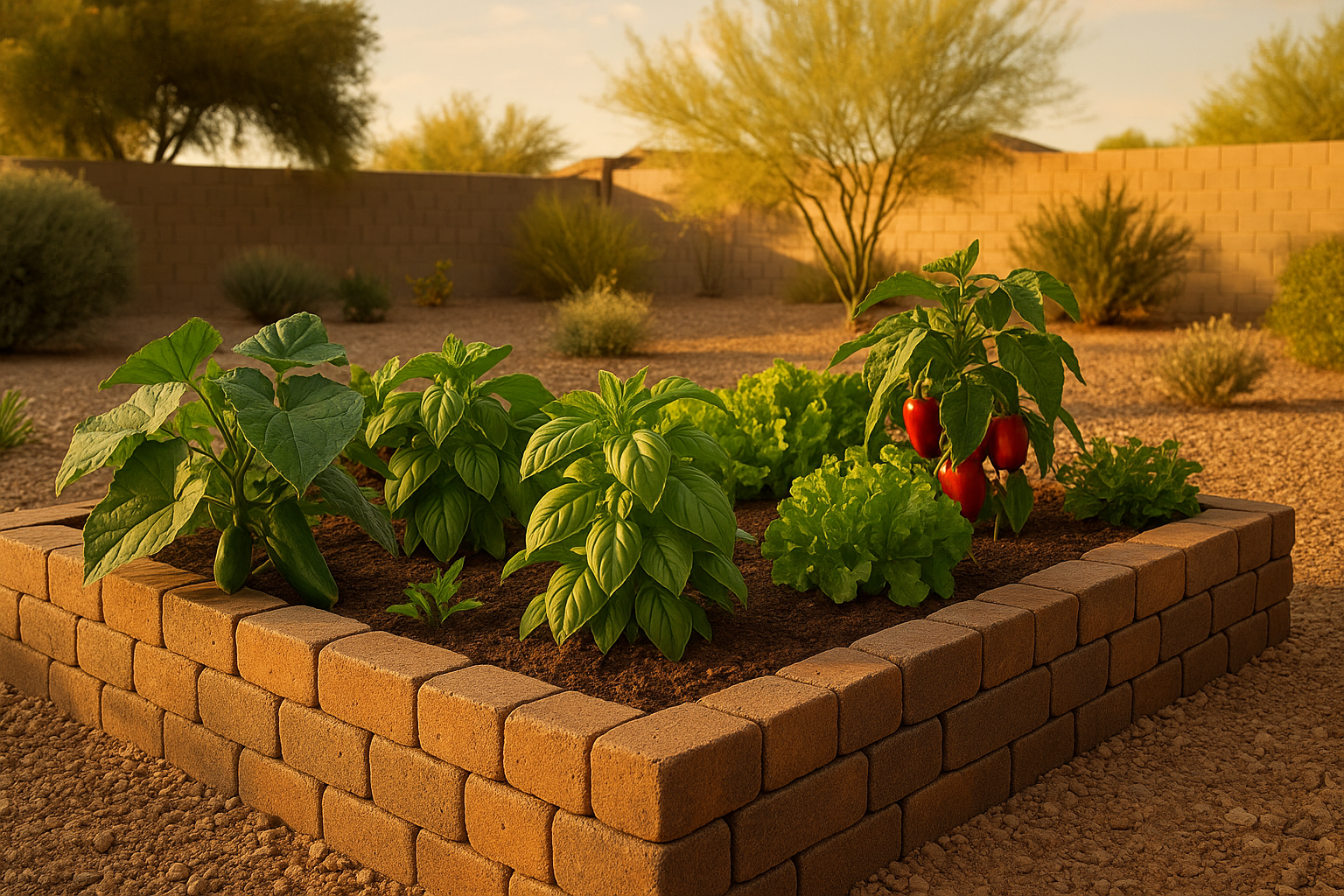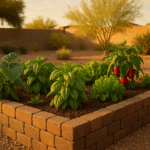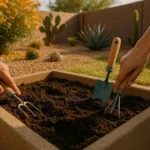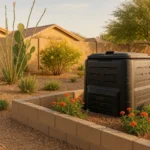As a Gilbert resident, you understand the challenges of growing vegetables in our extreme summer heat. Luckily, raised bed gardening offers a solution to this dilemma. By elevating the soil, you can better control the growing environment, making it easier to cultivate a variety of heat-tolerant veggies. Here are some easy tips on how to grow vegetables in the Gilbert heat using raised beds.

Understanding the Benefits of Raised Bed Gardening
Raised bed gardening is a method that involves growing plants in soil that is higher than the ground level. This technique offers numerous advantages, especially for the harsh climate in Gilbert. The most significant benefit is that it allows for better control of the soil environment. In a typical garden, the soil can become too hot or too compacted, which can inhibit the growth of vegetables. With raised beds, you can maintain the ideal soil texture and temperature, leading to healthier plants and a more abundant harvest.
Another advantage of raised bed gardening is that it reduces strain on your back. Since the soil level is raised, you won’t have to bend over as much when tending to your plants. Plus, the defined edges of the bed make it easier to keep out unwanted pests like snails and slugs. Raised beds also allow for better water management, as they reduce water runoff and allow for more efficient irrigation.
Selecting the Right Veggies for Gilbert’s Heat
Not all vegetables can withstand Gilbert’s intense summer heat. Some plants, like spinach and lettuce, prefer cooler temperatures and may wilt or bolt in the heat. However, there are many heat-tolerant vegetables that thrive in our local climate. Tomatoes, peppers, okra, cucumbers, and eggplants are all excellent choices for a Gilbert raised bed garden. These plants not only survive but thrive in the heat, producing bountiful yields even in the height of summer.
When choosing your plants, consider their maturity dates and growth habits. Plants with shorter maturity dates can be harvested before the peak of summer, while those with longer dates can provide fresh produce well into the fall. Also, consider using trellises or other supports for vining plants like cucumbers and tomatoes. This will help to maximize your growing space and can also improve air circulation, reducing the risk of disease.
Preparing Your Raised Beds for Planting
Before planting your veggies, you’ll need to prepare your raised beds. Start by filling the beds with a good quality topsoil mixed with compost. This will provide your plants with the nutrients they need to grow and will also help to improve soil structure, promoting better root growth. Be sure to remove any weeds or rocks from the soil before planting.
Next, plan out your planting. Consider the size of your plants at maturity and ensure that they have enough space to grow. Remember to plant taller plants at the north end of the bed so they don’t shade out the smaller plants. Once your beds are prepared and your plants are arranged, it’s time to start planting. Dig a hole that’s deep enough for the root ball of each plant, place the plant in the hole, then backfill with soil. Water thoroughly after planting to settle the soil.
Maintenance Tips for Thriving Veggies
Maintaining your raised bed garden is crucial for a successful harvest. Start by watering your plants regularly. In Gilbert’s hot climate, your plants may need water every day or every other day. However, be careful not to overwater, as this can lead to root rot. A good rule of thumb is to water when the top inch of soil is dry.
Pruning is another important maintenance task. Regularly prune your plants to promote better air circulation and to keep them healthy. Remove any diseased or damaged leaves as soon as you notice them to prevent the spread of disease.
Finally, keep an eye out for pests. While raised beds can help to deter some pests, others may still find their way to your garden. If you notice any signs of pest damage, take action immediately. Natural remedies like neem oil or diatomaceous earth can be effective against many common garden pests.
Before and After: A Raised Bed Transformation
One of the most satisfying aspects of raised bed gardening is seeing the transformation from a bare plot of soil to a thriving garden full of fresh veggies. To give you a sense of this transformation, here’s a before and after tip: take a photo of your empty raised bed at the start of the season. Then, take another photo at the height of the growing season. Compare the two images to truly appreciate the bounty that your garden has produced. This visual comparison can be a powerful motivator and a great way to track your gardening progress from season to season.






